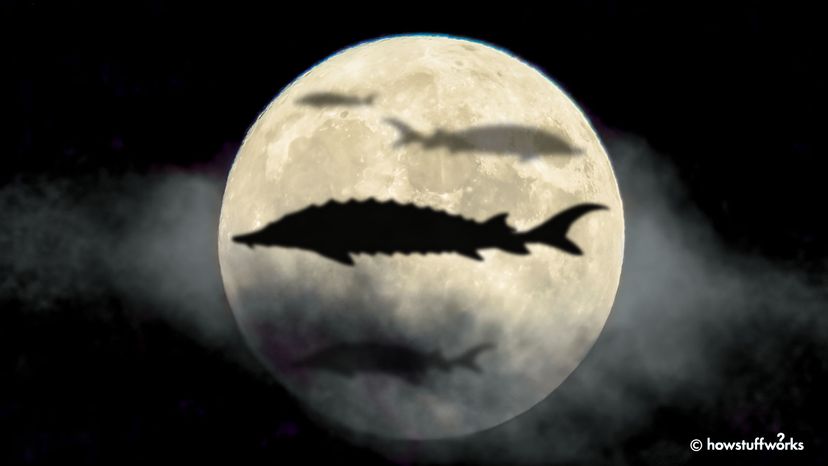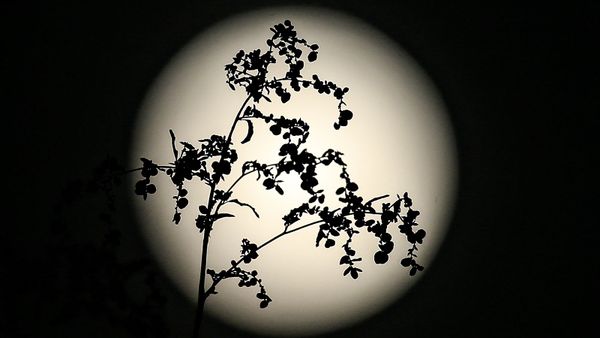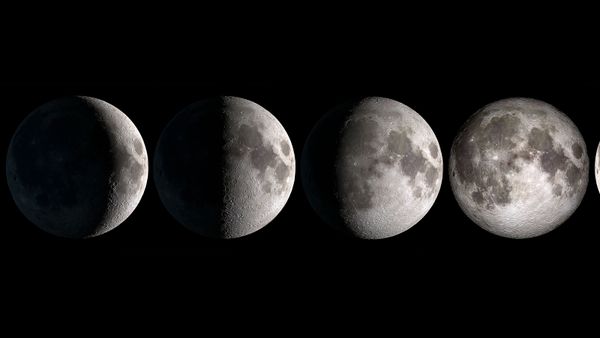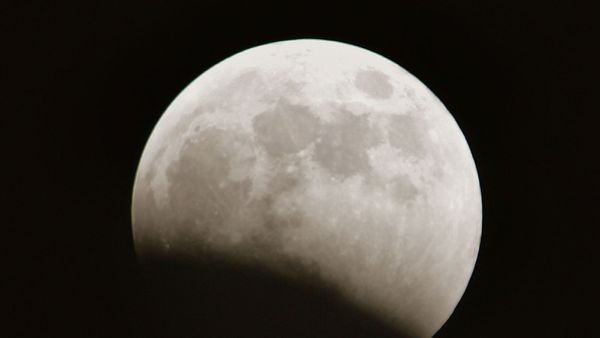While many people refer to August's full moon as the sturgeon moon, that is just one of its many nicknames. The Anishinaabe people, for example, called it the ricing moon, as August was the time to harvest their wild rice crops.
Another name is the green corn moon, given to August's full moon by Native American tribes such as the Cherokee and Creek. This name signifies the approaching ripeness of corn crops and holds cultural importance, representing a time of gratitude, communal celebrations, and spiritual renewal within these indigenous communities. Other common names include the grain moon and the red moon.
Some Northern Europeans referred to this full moon as the lightning moon, since there are frequent storms featuring thunder and lightning during late summer in their corner of the world. Another European term is corn moon, signifying the crop they were preparing to harvest.
Speaking of which, September's full moon will be the harvest moon! Every month has its own special full moon names.



